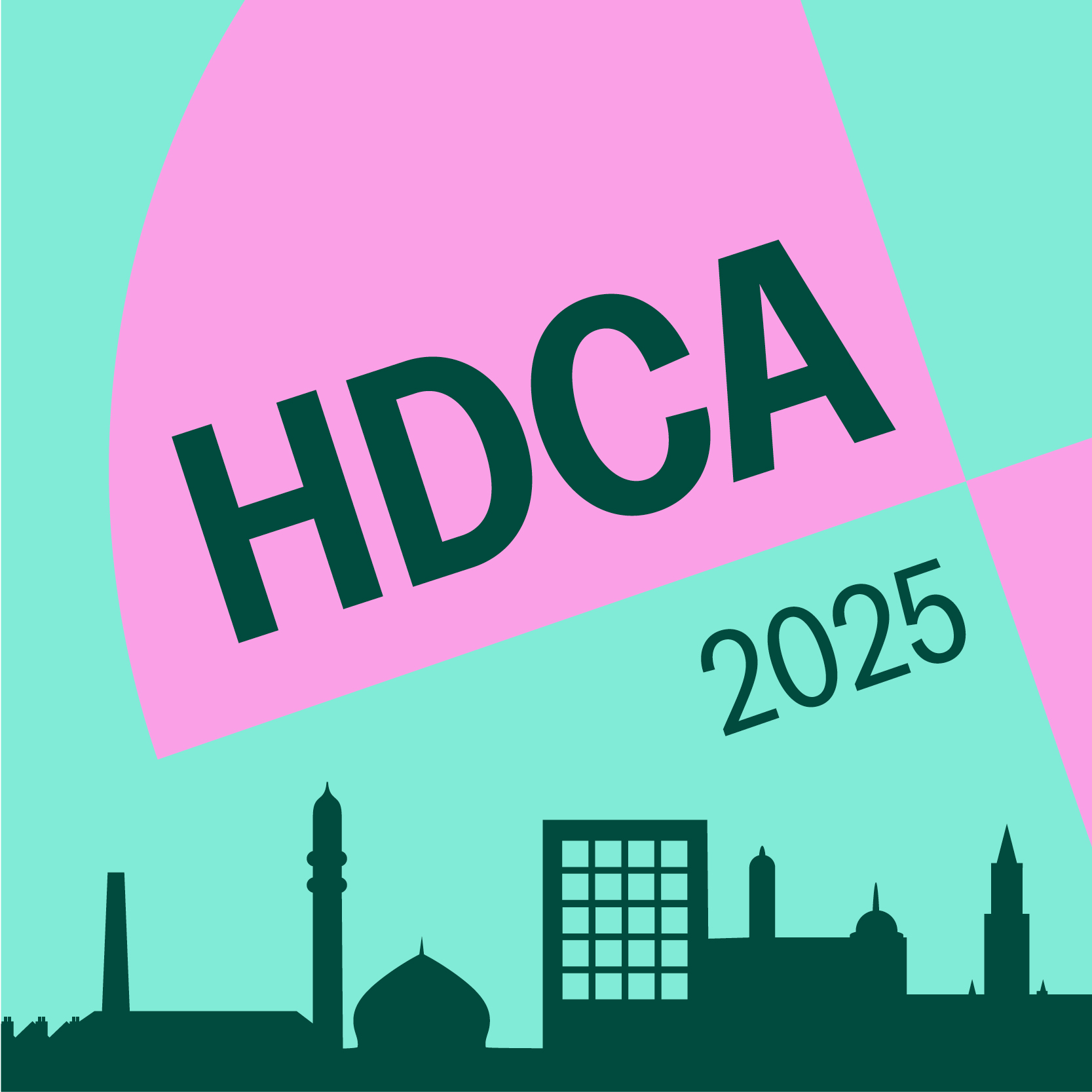On the 7th of April the UN Committee on Economic, Social and Cultural Rights has published the final comment on the social, economic and cultural rights that the committee has the mandate to monitor (here, see ‘recent events and development’: https://www.ohchr.org/en/hrbodies/cescr/pages/cescrindex.aspx ). With a group of colleagues from US- and UK-based universities among others we have established an independent association called Science for D…
Call for Papers: Journal de Ciencias Sociales (Journal of Social Sciences). Special Issue on Social Problems in Latin America. A view from the Capability Approach
…al of Social Sciences) of the Universidad de Palermo- whose Editor is Graciela Tonon- invites researchers, academics and PhD students to send their articles and essays for publication in the Special Issue 2020 dedicated to Social Problems in Latin America: a view from the Capability Approach. Empirical and conceptual papers are invited in relation to the following topics: Gender, Social Movements, Social Programs, Empowerment, Public Policies, Res…

